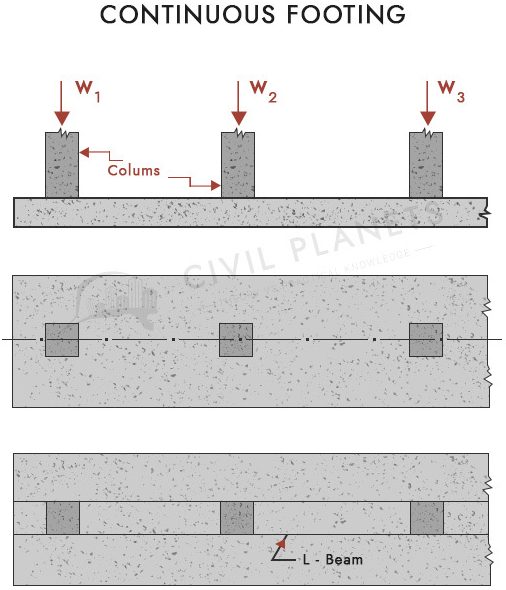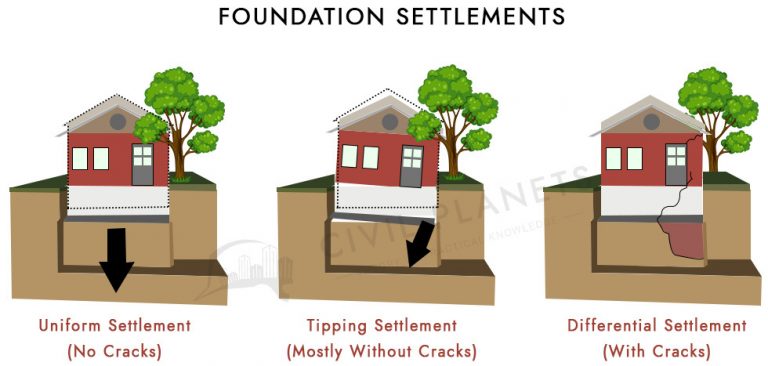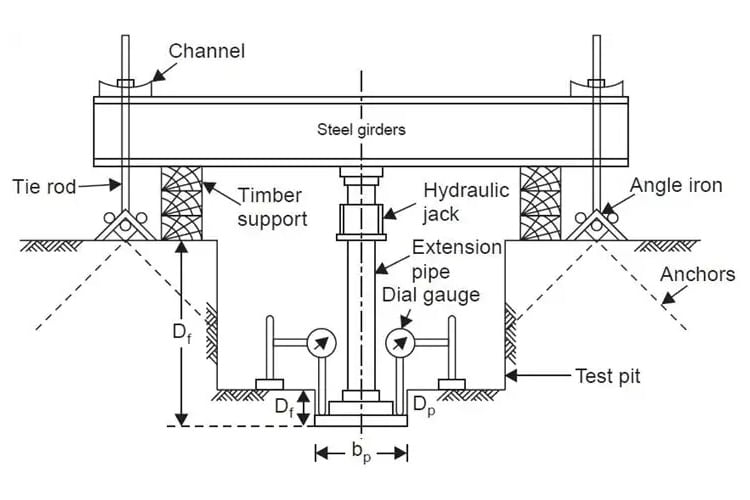There are various types of foundations used to build structures based on the bearing capacity of the soil, type of building, and other parameters.
We have covered the broad types of foundations such as shallow foundations and deep foundations. The continuous footing is one of them.
Definition
The continuous footing is a type of shallow foundation which supports more than two columns. The continuous footing used where the soil has good bearing capacity to resist the load occurrence on the structure.

The load occurring on the column will be transferred directly to the footing or to the longitudinal beam which runs over the footing slab.
Another name of this footing is strip footing or wall footing. The breadth of the strip footing is three times greater than the width of the wall.

Types of Continuous Footing
- Simple Footing
- Stepped Footing
Simple Footing
The simple footing used for small-scale structures to complete the work at less cost. The methodology and workability of simple footing are straightforward. The usage of steel reinforcement is also limited, and we can control the wastages.
Stepped Footing
The stepped footing is also used for small scale structures where the soil has an uneven surface.
More than two concrete steps have been provided over the footing at certain offset levels, as shown in the below picture.

Difference between the combined footing and continuous footing
| Continuous Footing | Combined Footing |
| The design of this footing is to connect the all column to distribute the load. | More than one column is placed at a distance less than 2 m; then it was designed as a combined footing. |
| The columns will not divide the load occurrence. | The columns divide the load occurrence. |
| The size of the footing is in rectangle shape. | The size of the footing is in rectangle or trapezoidal shape. |
Happy Learning 🙂



